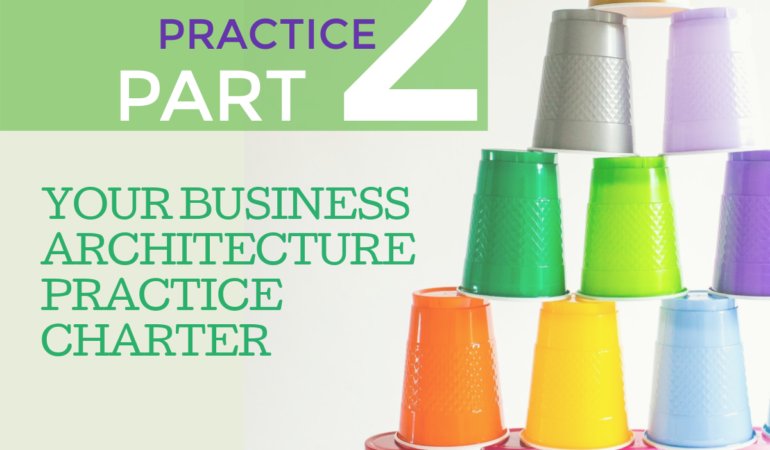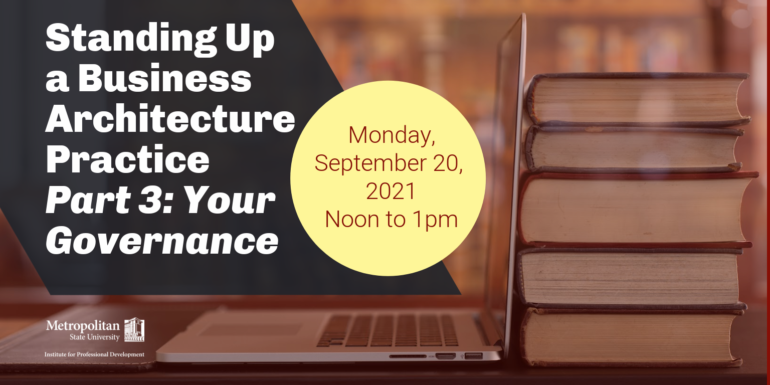Past Expert Insights Webinar
* Please Note – This Expert Insights focuses on Business Architecture and is intended for an audience with a background or understanding of Business Architecture.

How do you stand up a business architecture practice within an organization?
This 3-part Expert Insights Webinar Series will provide strategies used by Maureen Mathias to set up a practice in her organization.
This is a continuation of Standing Up a Business Architecture Practice: Part 1: Your Value Proposition which can be viewed HERE
Many are doing the work of business architecture within their organizations. How does this work by siloed individuals become a coordinated effort within an organization? How do you stand up a business architecture practice within an organization? Taking a cue from lawyers, the answer is “it depends.” While there are many paths, this Expert Insights Webinar Series will provide the strategies used by Maureen Mathias to stand up a practice in her organization.
This second session on Standing Up a Business Architecture Practice provides tips and strategies for establishing a charter for your business architecture practice.
Participants will learn about:
- The elements that go into a solid charter
- Aligning the charter to the value proposition
- Mission, vision, and goals to track success
WATCH THIS PREVIOUSLY RECORDED WEBINAR HERE
ABOUT THE PRESENTER: Maureen Mathias

Maureen Mathias earned her Master of Arts from Rutgers University, later adding a Certified Business Architect from the Business Architecture Guild and a Business Architecture Certificate from Metro State University in St. Paul Minnesota.
Maureen started a journey in 2008 that led to a career as a business architect. “Through the journey, it seems I have hit every situation you would want to avoid. One thing that stands out, is that a business architecture practice anywhere must fit the culture and the needs of an organization.”
In her business architect role for an insurance company, she has established training for the teams that utilize architecture tools and for those that need to learn what business architecture is and how it relates to their day-to-day responsibilities for several years.
Maureen is excited to share her experience: what works and what does not as well as learn from the experiences of other business architects.
WATCH THE FIRST WEBINAR IN THIS SERIES HERE
Standing Up a Business Architecture Practice Part 1: Your Value Proposition



























